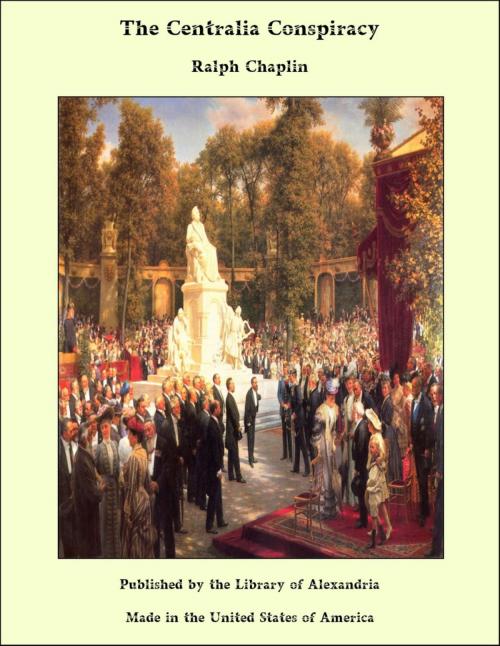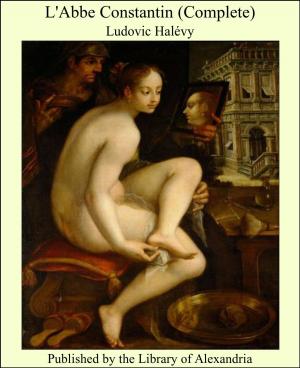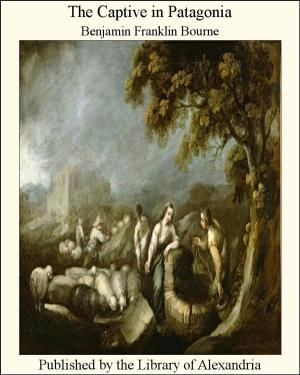The Centralia Conspiracy
Nonfiction, Religion & Spirituality, New Age, History, Fiction & Literature| Author: | Ralph Chaplin | ISBN: | 9781465602435 |
| Publisher: | Library of Alexandria | Publication: | March 8, 2015 |
| Imprint: | Language: | English |
| Author: | Ralph Chaplin |
| ISBN: | 9781465602435 |
| Publisher: | Library of Alexandria |
| Publication: | March 8, 2015 |
| Imprint: | |
| Language: | English |
This booklet is not an apology for murder. It is an honest effort to unravel the tangled mesh of circumstances that led up to the Armistice Day tragedy in Centralia, Washington. The writer is one of those who believe that the taking of human life is justifiable only in self-defense. Even then the act is a horrible reversion to the brute--to the low plane of savagery. Civilization, to be worthy of the name, must afford other methods of settling human differences than those of blood letting. The nation was shocked on November 11, 1919, to read of the killing of four American Legion men by members of the Industrial Workers of the World in Centralia. The capitalist newspapers announced to the world that these unoffending paraders were killed in cold blood--that they were murdered from ambush without provocation of any kind. If the author were convinced that there was even a slight possibility of this being true, he would not raise his voice to defend the perpetrators of such a cowardly crime. But there are two sides to every question and perhaps the newspapers presented only one of these. Dr. Frank Bickford, an ex-service man who participated in the affair, testified at the coroner's inquest that the Legion men were attempting to raid the union hall when they were killed. Sworn testimony of various eyewitnesses has revealed the fact that some of the "unoffending paraders" carried coils of rope and that others were armed with such weapons as would work the demolition of the hall and bodily injury to its occupants. These things throw an entirely different light on the subject. If this is true it means that the union loggers fired only in self-defense and not with the intention of committing wanton and malicious murder as has been stated. Now, as at least two of the union men who did the shooting were ex-soldiers, it appears that the tragedy must have resulted from something more than a mere quarrel between loggers and soldiers. There must be something back of it all that the public generally doesn't know about. There is only one body of men in the Northwest who would hate a union hall enough to have it raided--the lumber "interests." And now we get at the kernel of the matter, which is the fact that the affair was the outgrowth of a struggle between the lumber trust and its employees--between Organized Capital and Organized Labor.
This booklet is not an apology for murder. It is an honest effort to unravel the tangled mesh of circumstances that led up to the Armistice Day tragedy in Centralia, Washington. The writer is one of those who believe that the taking of human life is justifiable only in self-defense. Even then the act is a horrible reversion to the brute--to the low plane of savagery. Civilization, to be worthy of the name, must afford other methods of settling human differences than those of blood letting. The nation was shocked on November 11, 1919, to read of the killing of four American Legion men by members of the Industrial Workers of the World in Centralia. The capitalist newspapers announced to the world that these unoffending paraders were killed in cold blood--that they were murdered from ambush without provocation of any kind. If the author were convinced that there was even a slight possibility of this being true, he would not raise his voice to defend the perpetrators of such a cowardly crime. But there are two sides to every question and perhaps the newspapers presented only one of these. Dr. Frank Bickford, an ex-service man who participated in the affair, testified at the coroner's inquest that the Legion men were attempting to raid the union hall when they were killed. Sworn testimony of various eyewitnesses has revealed the fact that some of the "unoffending paraders" carried coils of rope and that others were armed with such weapons as would work the demolition of the hall and bodily injury to its occupants. These things throw an entirely different light on the subject. If this is true it means that the union loggers fired only in self-defense and not with the intention of committing wanton and malicious murder as has been stated. Now, as at least two of the union men who did the shooting were ex-soldiers, it appears that the tragedy must have resulted from something more than a mere quarrel between loggers and soldiers. There must be something back of it all that the public generally doesn't know about. There is only one body of men in the Northwest who would hate a union hall enough to have it raided--the lumber "interests." And now we get at the kernel of the matter, which is the fact that the affair was the outgrowth of a struggle between the lumber trust and its employees--between Organized Capital and Organized Labor.















